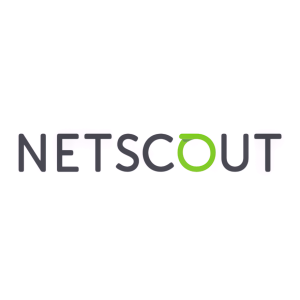Vital Pandemic Industries Foster Unprecedented DDoS Attack Activity According to 2H2020 NETSCOUT Threat Intelligence Report
NETSCOUT SYSTEMS, INC., (NASDAQ: NTCT) today announced findings from its bi-annual Threat Intelligence Report, punctuated by a record-setting 10,089,687 Distributed Denial of Service (DDoS) attacks observed during 2020. Cybercriminals exploited vulnerabilities exposed by massive internet usage shifts since many users were no longer protected by enterprise-grade security. Attackers paid particular attention to vital pandemic industries such as e-commerce, streaming services, online learning, and healthcare generating a
In August, a threat actor NETSCOUT dubbed Lazarus Bear Armada (LBA) launched one of the most sustained and extensive DDoS extortion campaigns yet seen, taking down the New Zealand stock exchange and targeting organizations involved in COVID-19 testing and vaccine development.
According to NETSCOUT's Worldwide Infrastructure Security Report® (WISR), which helps inform the Threat Intelligence Report findings, the number of enterprise respondents reporting DDoS extortion attacks increased by
"Cybercriminals set multiple records in 2020, taking advantage of the shift towards remote work across the globe," stated Richard Hummel, threat intelligence lead, NETSCOUT. "The second half of last year witnessed a huge upsurge in DDoS attacks, brute-forcing of access credentials, and malware targeting internet-connected devices. As the COVID-19 pandemic continues, it will be imperative for security professionals to remain vigilant to protect critical infrastructure."
Other key findings from the NETSCOUT 2H2020 Threat Intelligence Report include:
- Monthly DDoS attack numbers surpassed 800,000. Threat actors increased their DDoS onslaught due to the pandemic lockdown; monthly DDoS attacks exceeded 800,000 in March and never looked back, representing a new normal for DDoS attack activity. On average, there were 839,083 attacks per month in 2020, an increase of nearly 130 thousand attacks over 2019.
- Mirai malware continued to thrive during the pandemic. Adversaries using Mirai malware and its variants took advantage of shifts away from enterprise-grade protection to generate a surge in brute-force attempts on Internet of Things (IoT) consumer-grade devices. Threat actors absorbed more devices into their botnets to further strengthen the frequency, size, and throughput of DDoS attacks worldwide.
- Commonly Used UDP-based DDoS attack vectors fueled attack increases. New reflection/amplification DDoS vectors permitted the abuse of misconfigured Microsoft RDP over UDP, Plex Media SSDP, and DTLS services resulting in an increasingly complex threat landscape.
NETSCOUT's Threat Intelligence Report covers the latest trends and activities in the DDoS threat landscape. It covers data secured from NETSCOUT's Active Level Threat Analysis System (ATLAS™) coupled with






